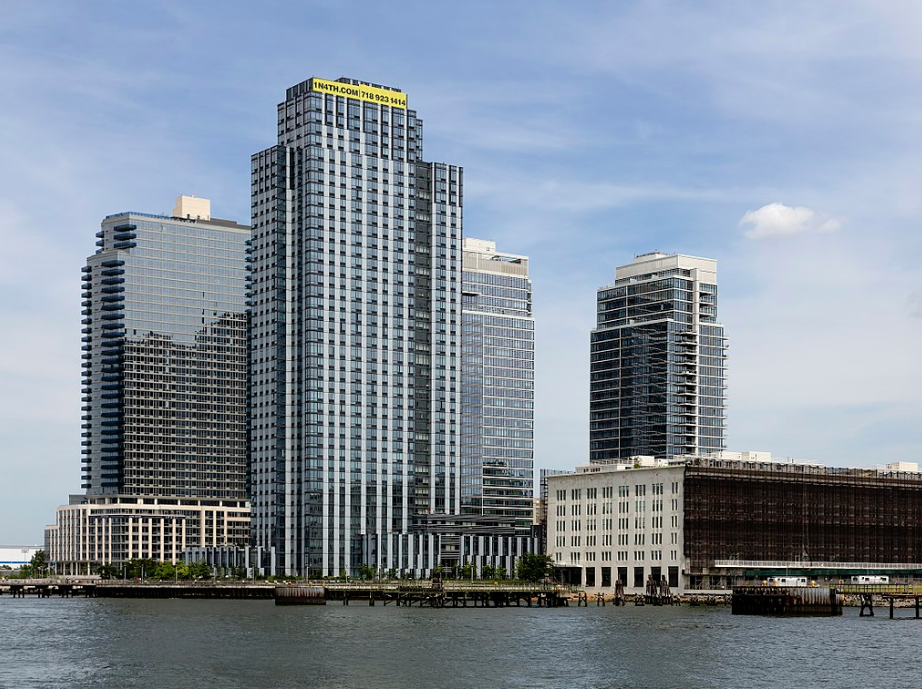Share This Article

Amazon’s arrival in Queens is one that Governor Cuomo and Mayor de Blasio herald as a path to growth for our city. But HQ2 threatens to be that final instance of development that will wipe out the very notion of a New York for all. It is the exact form of “progress” that New Yorkers simply cannot afford.
This prediction may sound dire, but we should know. We fight against the same story of public-private development playing out over and over again in some of the most gentrified neighborhoods of the city. The result is always the same: rampant tenant harassment, unchecked displacement of poor and working-class communities of color, and the perpetuation of segregation across New York City.
The consequences of Amazon could not be graver for residents who live in rent-regulated housing in the surrounding communities of Queens. To understand just how real and lasting the threat of displacement is for these tenants, look no further than the Brooklyn neighborhoods we serve in our work—from Williamsburg/Greenpoint, to Bushwick, and East New York. They have been radically transformed by rezonings for luxury housing and the commercialization that accompanies them. The jarring development of Williamsburg alone, following the 2005 waterfront rezoning, has become a national symbol of urban gentrification; in its wake, the Latinx population decreased by at least 25 percent. And it is these same communities of North Brooklyn that now stand to be further overrun by Amazon’s arrival, along with Long Island City, Jackson Heights, and Sunnyside in Queens.
In the wake of such rapid displacement, tenant harassment in North Brooklyn neighborhoods has reached unprecedented levels. We represent numerous tenant associations in buildings where landlords have not just shut off heat in the middle of winter, but also taken a sledgehammer to tenants’ kitchens and bathrooms. They intentionally destroy their own buildings in order to physically force out low-income residents overnight and illegally remove apartments from rent stabilization. From the rubble they build luxury properties to rent to wealthy newcomers for tremendous profit. Landlords demolishing buildings with tenants living in them is the norm in gentrifying neighborhoods. Tenants, overwhelmingly people of color and immigrants, end up vacated from their apartments and living with their children in shelters flung far across the city—for years—before they are able to return home, in the rare instance that is even a possibility. Many remain homeless or are forced to relocate permanently outside their neighborhood. In short order, entire communities are dismantled, people of color disenfranchised.
The worst part: It is city and state government that enables this illegal, and frankly criminal, behavior. They refuse to enforce in any meaningful way the housing laws against such slumlords. In doing nothing to police actual broken windows and homes, they greatly incentivize predatory real estate tactics. These are, of course, the very same officials that profess to stand up for tenants’ rights and promote affordable housing.
It is no stretch to predict that with Amazon’s arrival, this type of violent tenant and community displacement is going to define Queens, as with Brooklyn before it. Just because Amazon is a corporation rather than a luxury housing developer is of no consequence. Amazon will bring with it the same type of housing and commercial development aimed not at those who currently live there, but catered to the taste of those yet to come. In essence, private mega-development of any kind facilitated by government in or around low-income neighborhoods of color is devastating for the tenants who already reside there and the communities they have created. With their voices completely ignored as a vision for their community is imposed by outside actors, they become engulfed in a crisis of survival in the very place they have called home for decades.
And so, this is why Amazon coming here causes such great alarm. It foreshadows the massive dislocation of long-term residents by abusive landlords for whom breaking the law is a minor cost of doing business, and by government entities that won’t care to hold them accountable. It perpetuates the theme that for working communities, nothing changes: the only “growth” ever emerging from such deals is a drastic increase in tenant harassment and displacement, leaving New York City ever more segregated in its wake.
These consequences ultimately follow from a systemic, abject failure of government housing policy in New York, one that absurdly relies on private market solutions to provide for a basic human right. No amount of half-hearted subsidies or so-called affordable housing will address this fundamental problem. The very individuals who tout such fallacies do so with impunity: they will not even be in office at the height of the inevitable community struggle.
The reality is that the HQ2 debacle captures our city’s housing crisis in a nutshell. De Blasio and Cuomo are introducing a giant mechanism for displacement into communities that government already fails so shamefully. Such a behemoth force of gentrification will shock the surrounding immigrant neighborhoods and transform them for decades to come. And when the tenant harassment reaches its nadir, the city and state will be strangely silent and inactive, abandoning neighborhoods at their time of greatest housing emergency.
Don’t let them fool you into thinking that Amazon will be different: the story always goes the same way in this city. Enough is enough.
Shekar Krishnan, Lina Lee, and Gregory Louis are attorneys at Brooklyn Legal Services Corporation A. They represent tenants and community coalitions in housing and civil rights litigation.

1 Comment
Peter Morris
wow nice article. really loved it